Photographer Henry Stuart has created a 24-hour panoramic timelapse image of London that combines 6,240 raw photographs to form a picture that contains over 7 billion pixels.
Captured through a Nikon D850 and AF-S Nikkor 300mm F2.8 lens using a robotic mount by Nikon-owned robotics company Mark Roberts Motion Control (MRMC), the 155° view presents the city in an incredible amount of detail, with Nikon claiming that you can read signs up to 5 miles away from where the image was captured.
 |
| The full frame |
 |
| A fully zoomed-in frame from the center of the picture above |
The Twenty Four Hour London project was taken on by Visualise—a company of virtual reality filmmakers—in partnership with Nikon UK and MRMC. The camera was supported and moved by MRMC’s Ulti-Head robotic camera mount, which allowed Stuart to repeat the exact shooting position—to pixel level, according to the release —for 260 shots per hour over the course of the 24-hour sequence.
Once processed and stitched together, the resulting image allows viewers to pick the time of day and to zoom into the image to see the details of distant buildings—and even people relaxing inside their apartments!
The concept was a commission for Lenstore, a UK vision-care company, to promote eye health. To see the full 7 gigapixel ‘timelapse’ for yourself, and explore London in all its glory, head over to the 24 Hour London website.
Press Release
World’s first 24-hour Gigapixel time-lapse panorama, captured with the Nikon D850 and MRMC’s robotic Ulti-Head
24 Hour London is a unique collaboration between Lenstore, Nikon, Visualise and the Nikon-owned robotics company MRMC. Together they have created the biggest ever time-lapse of London’s skyline, taken from the roof of Canary Wharf’s One Canada Square.
In total, over 6,240 photos were taken across a 155-degree view over 24 hours, and subsequently stitched together to create an incredibly detailed panorama, and the first gigapixel timelapse of London. This level of detail was achieved by combining a Nikon D850 and AF-S NIKKOR 300mm f/2.8 lens with MRMC’s robotic Ulti-Head to precisely repeat the same pattern of detailed photos 260 times an hour for 24 hours. The finished product allows you to see London change colours across the hours, from sunrise to sunset, with all the shades the capital has to offer in between.
Commenting on the collaboration, Jeremy Gilbert, Marketing Director for Nikon Northern Europe said:
We’re thrilled to be involved with this unique project. The Nikon D850 captured London in incredible detail in challenging conditions. Finding the best combination of camera, lens and precise motion-control was essential for this project and we are proud to have been integral to its success.
The project was shot by Henry Stuart from Visualise, he had the following to say:
Shooting gigapixel photos is hard – we have been shooting them for the Olympics, the World Cup, for events and places all around the globe. Each panorama is so large it needs specially built computers to process it. In this case, we had to build a special server system and network all of the workstations in our studio to the content so that we could stitch five of the photos at a time.
To capture a photo like this you need a really capable camera – we used the Nikon D850. It has this beautiful big sensor and captures a huge range of light and dark (large dynamic range). This is so important when shooting panoramas where one part of the image is bright, such as towards the sun, and another is dark such as over the Thames. We shot everything on the camera’s ‘RAW’ setting, which keeps loads of extra information in the shots that you would usually lose.
The 24 Hour London ‘Gigalapse’
- The image is 7.3 Gigapixels (7,300 Megapixels or 7bn pixels), which is over 1000x more powerful than the camera on an iPhone X.
- The Nikon D850 and Nikon AF-S NIKKOR 300mm f/2.8 lens combination delivered phenomenal detail – you can even read signs which are up to 5 miles away in the photo!
- The robotic motion control technology using the MRMC Ulti-Head used to create the pinpoint accuracy of images, leading to every single pixel of every point in the panorama being the exact same position as the photos 24 hours earlier.
Articles: Digital Photography Review (dpreview.com)










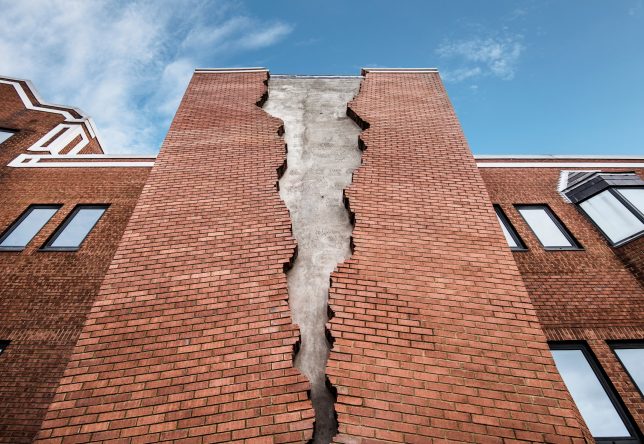
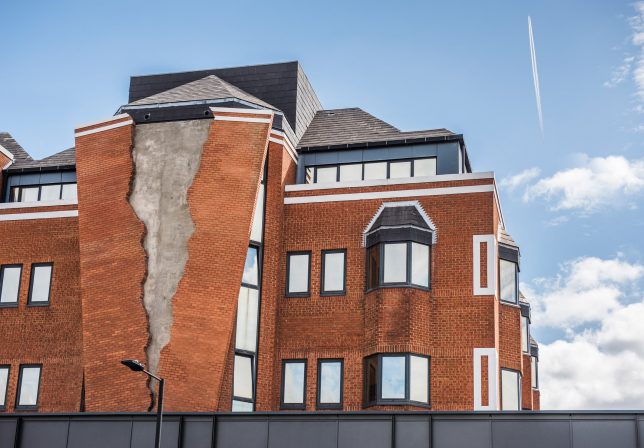







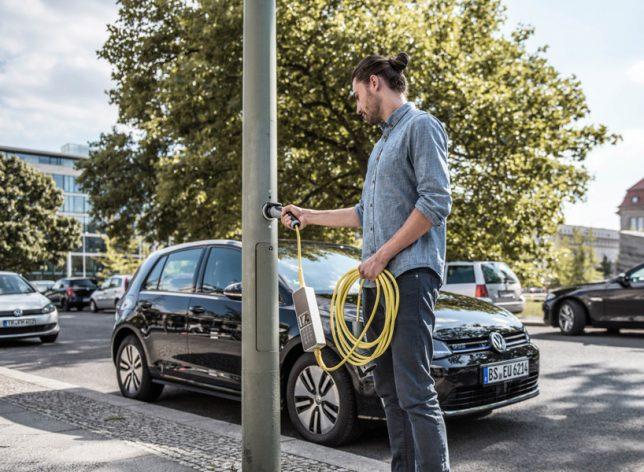
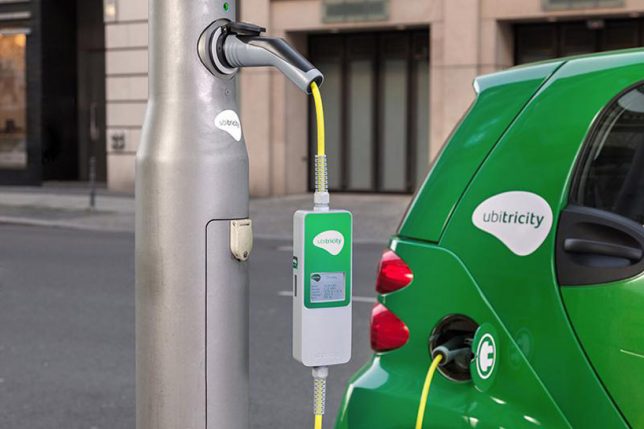
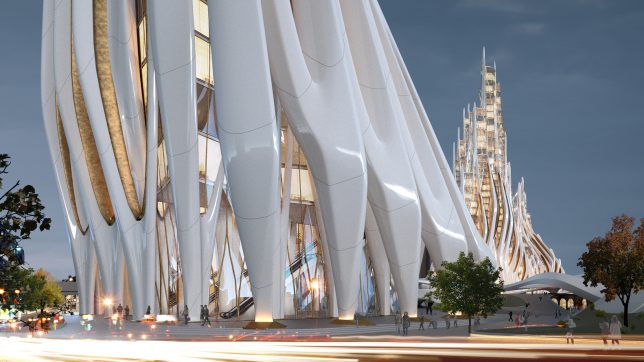
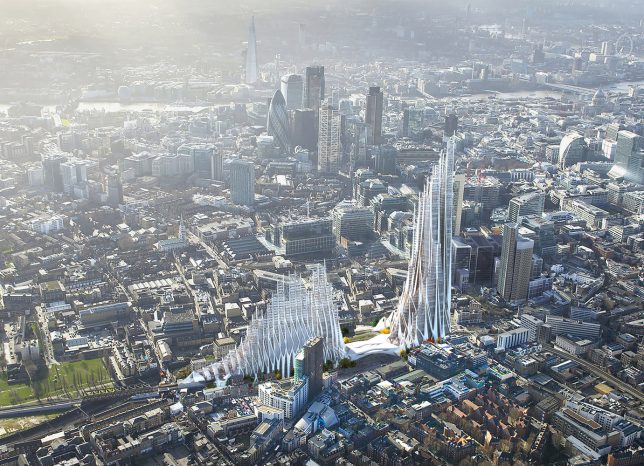
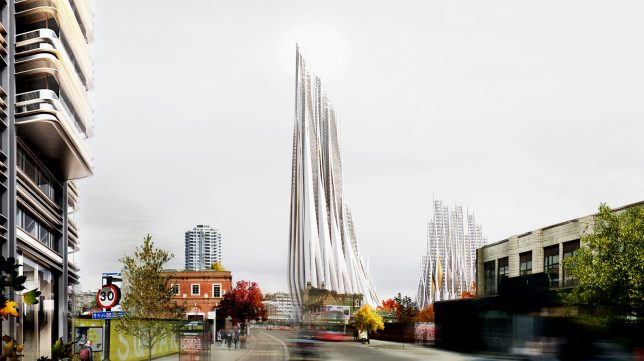
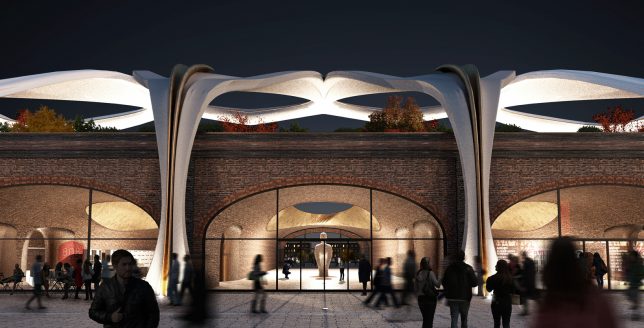
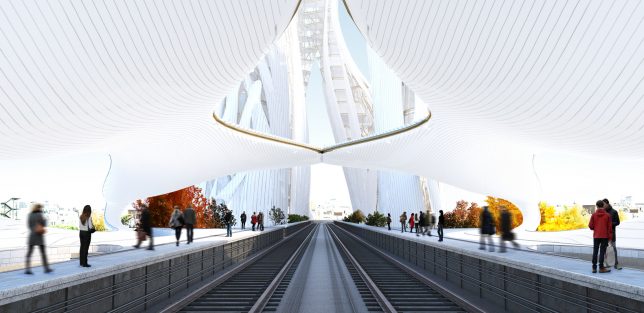
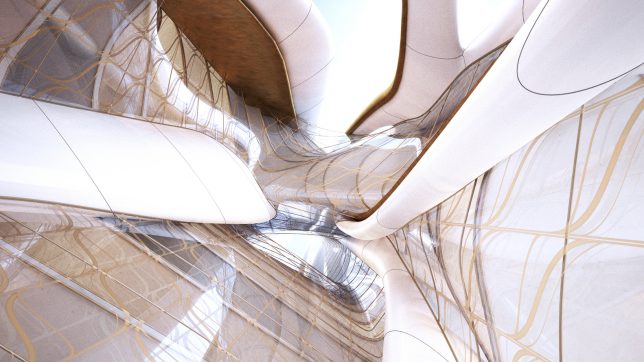
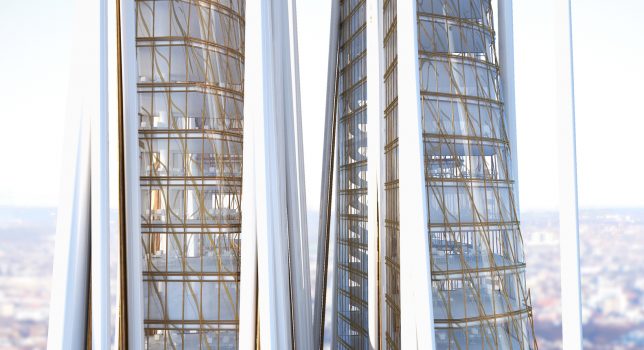
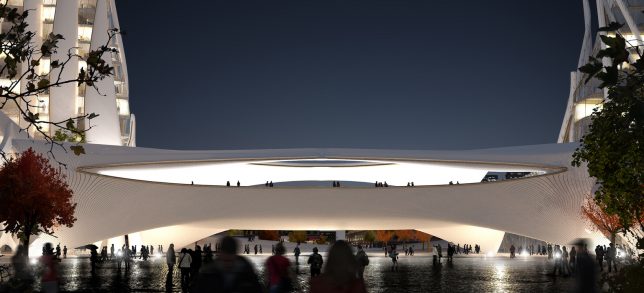
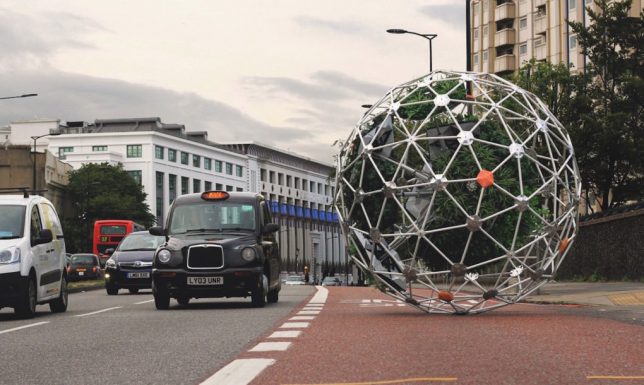
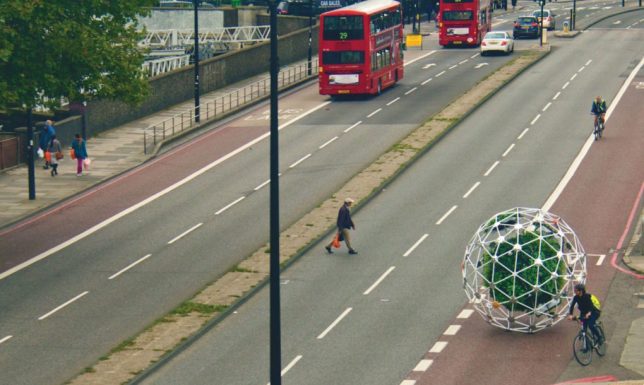
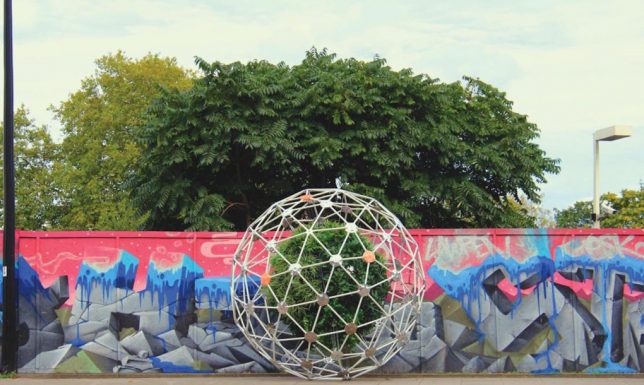
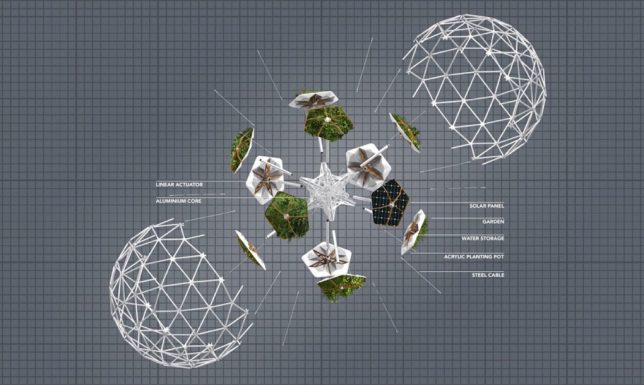
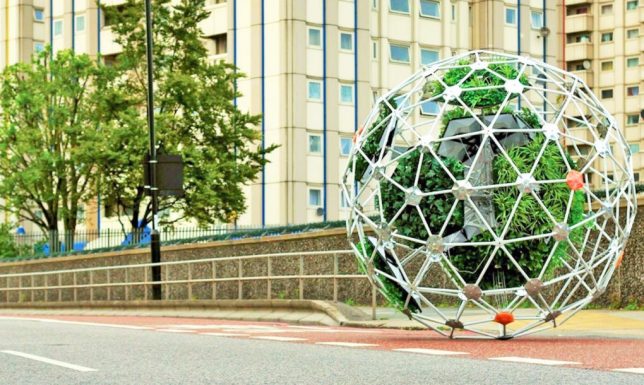
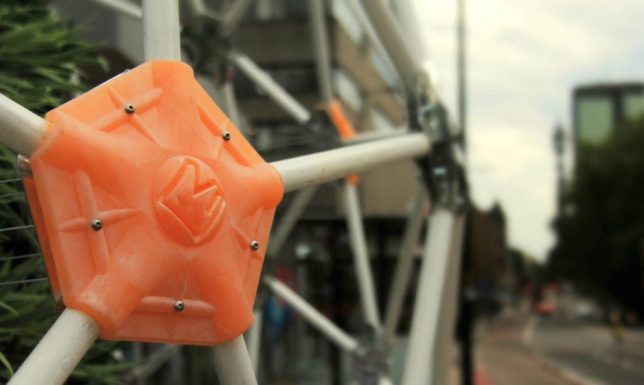
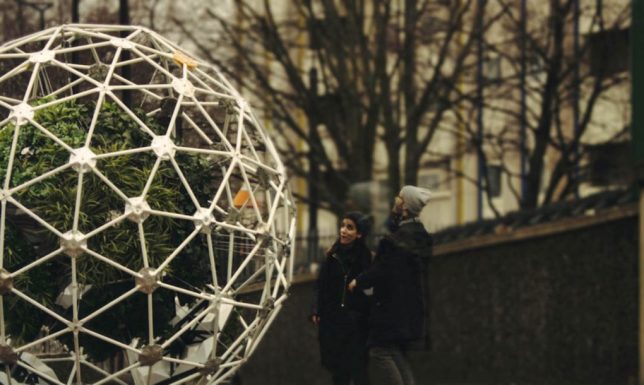
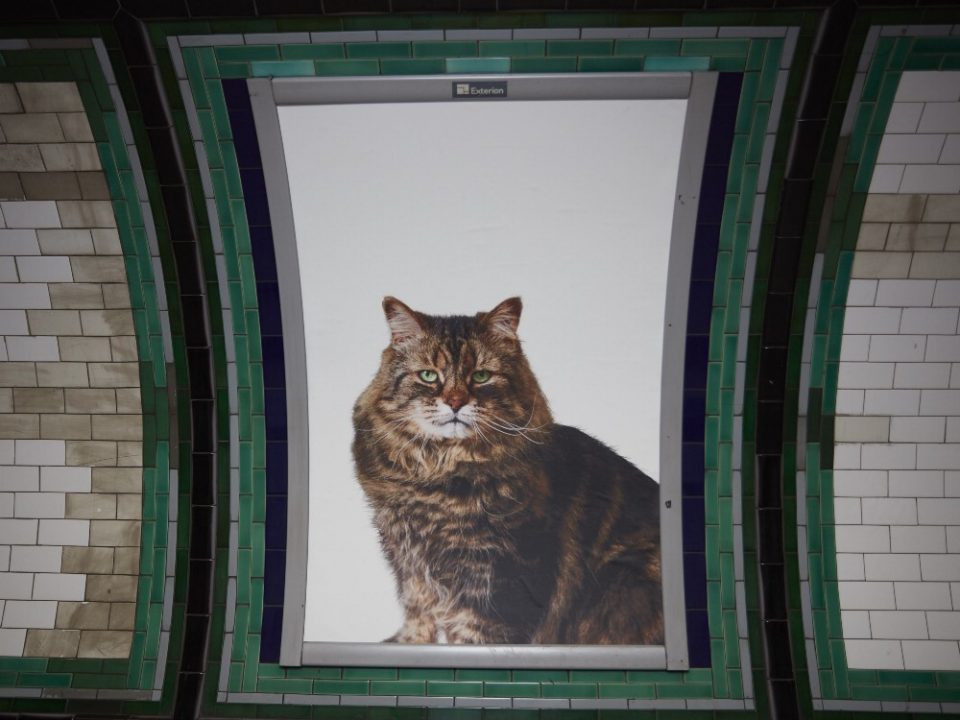
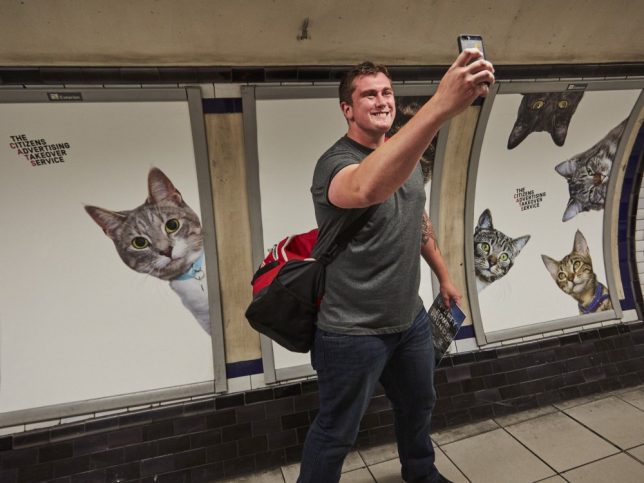
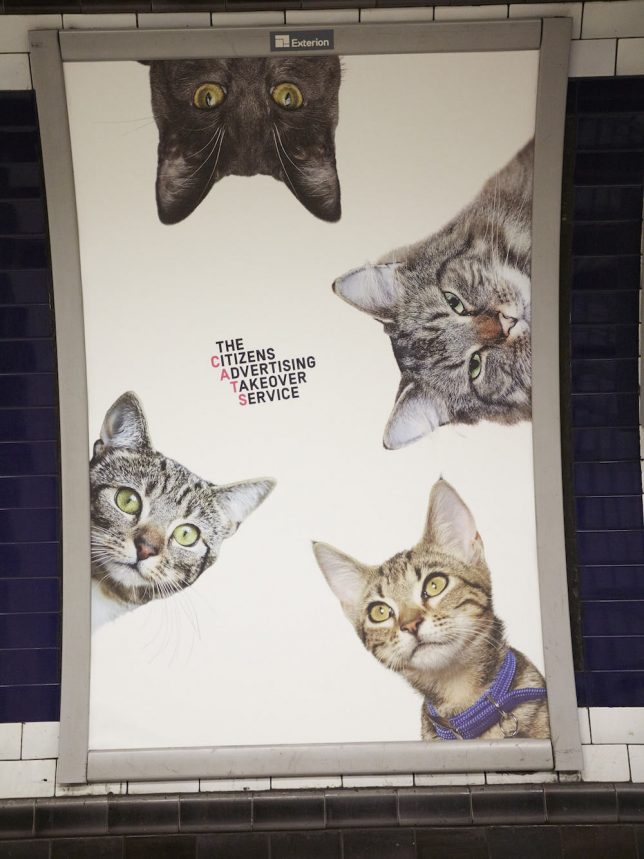
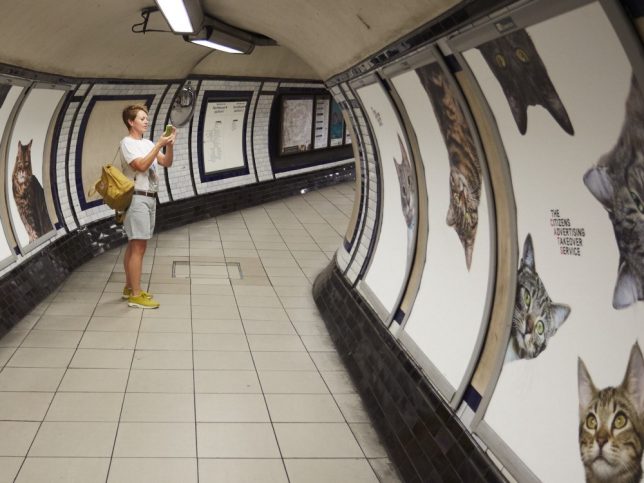
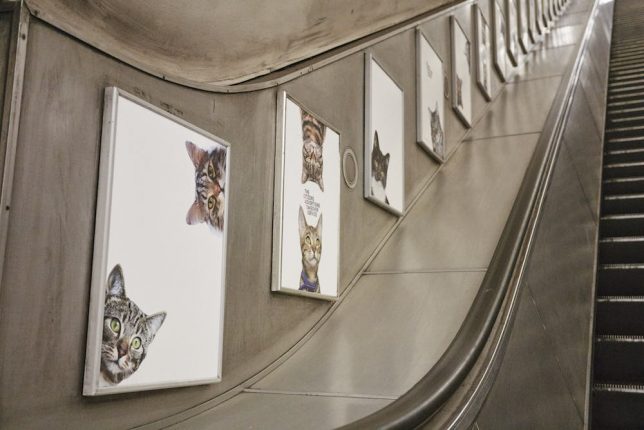


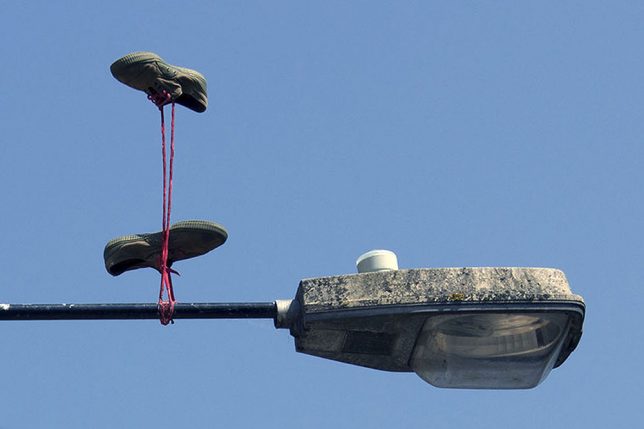
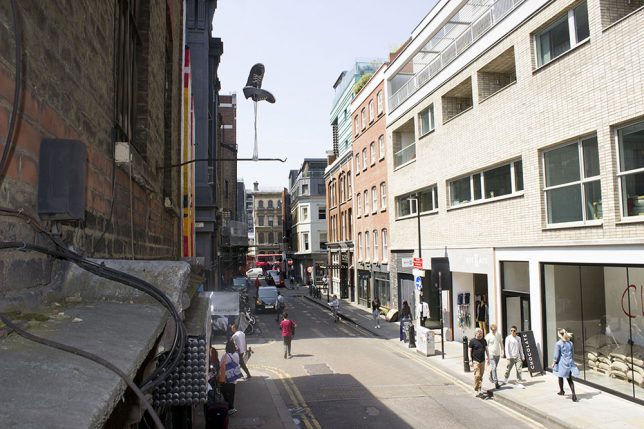
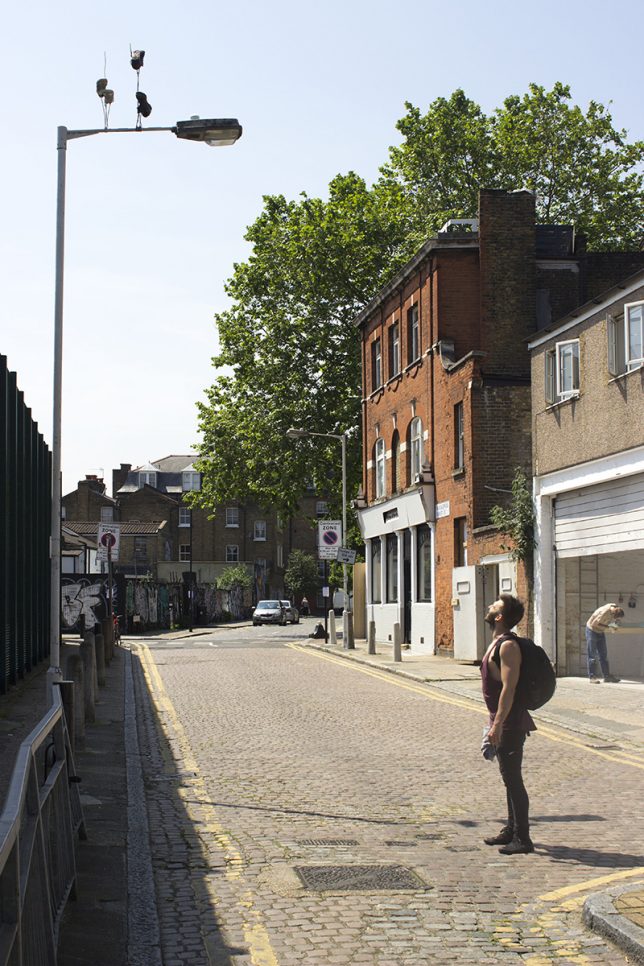
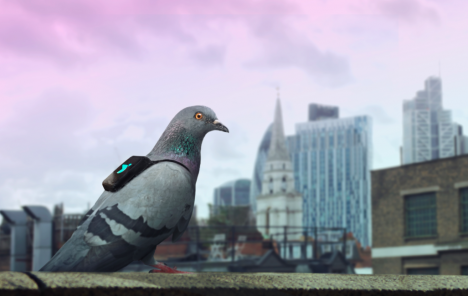
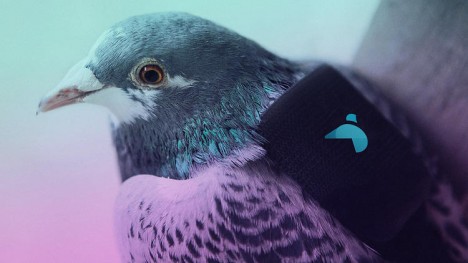

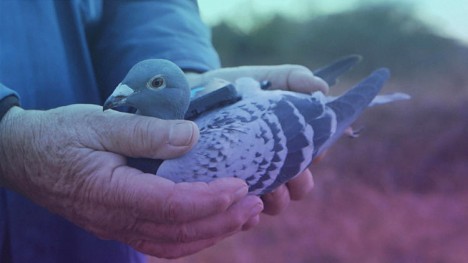
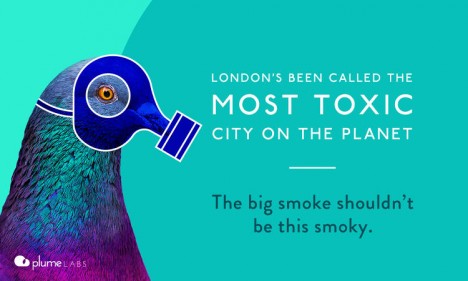

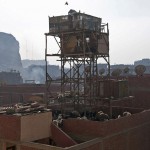
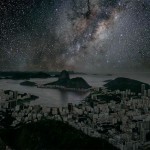
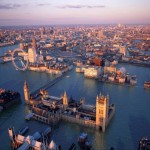




You must be logged in to post a comment.